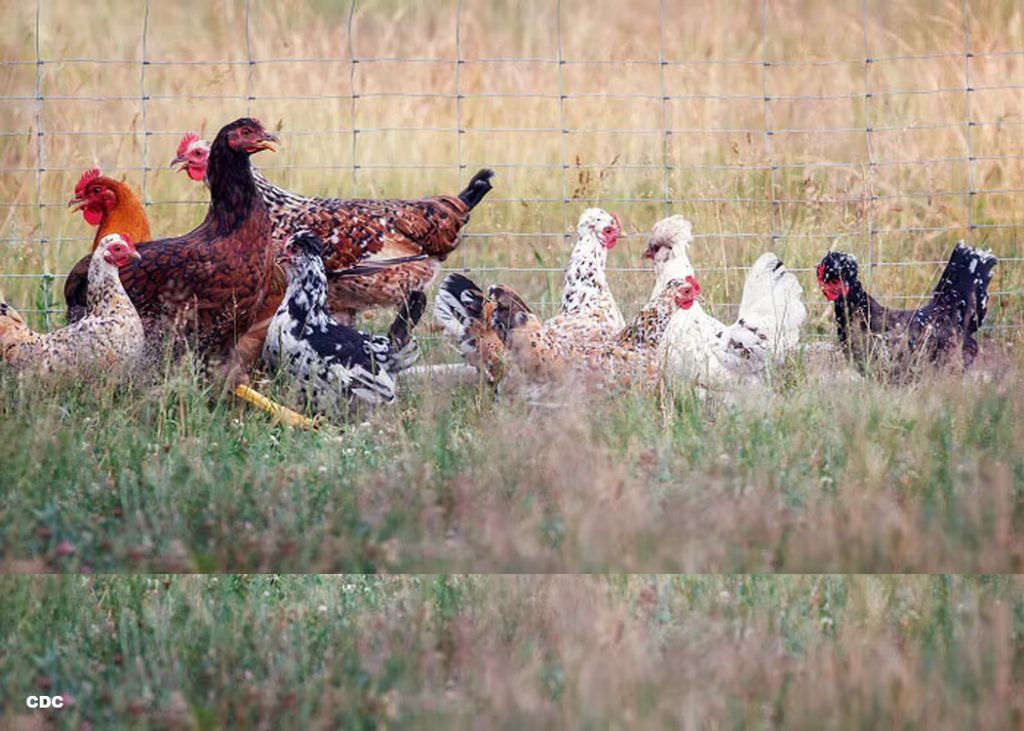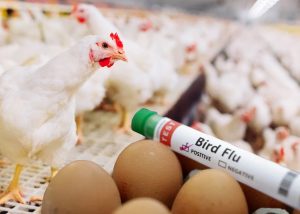
NEW YORK: Highly pathogenic avian influenza (HPAI) A(H5N1) continues to spread across the United States, affecting wild birds, commercial poultry, and backyard flocks. Since its resurgence in January 2022, H5N1 outbreaks have been confirmed in all 50 states, with over 127 million birds affected. This marks the first significant outbreak of HPAI A(H5) viruses in the U.S. since 2016.
Virus impact and detection
Wild birds, often carriers of the virus without showing symptoms, are a primary source of the disease’s spread. Migratory patterns have introduced the virus to new areas, increasing the risk of transmission to domestic poultry. USDA’s Animal and Plant Health Inspection Service (APHIS) has reported 1,346 outbreaks across 581 counties, with a staggering number of confirmed cases in captive and free-ranging birds.
Surveillance efforts, including genetic sequencing and RT-PCR testing, have identified the viruses as HPAI A(H5N1) from clade 2.3.4.4. These findings provide critical data for understanding the virus’s genetic composition and its implications for both avian and human health.
Poultry industry at risk
HPAI A(H5N1) poses a significant threat to the U.S. poultry industry, leading to widespread culling and economic losses. The disease impacts commercial farms, small-scale backyard setups, and hobbyist flocks alike. Regular surveillance and rapid response measures are vital to mitigating further outbreaks.
APHIS surveillance program
APHIS’s wild bird surveillance program plays a key role in monitoring avian influenza. By detecting the virus early in wild populations, the program allows authorities to implement timely actions to protect domestic poultry. APHIS is actively processing surveillance samples from across the country to provide accurate, up-to-date information.
Public health implications
Though the current public health risk remains low, there have been reports of human cases among U.S. poultry and dairy workers. The CDC continues to monitor H5 bird flu activity in humans through its influenza surveillance systems, ensuring preparedness for any potential zoonotic transmission.
Conclusion The continued spread of HPAI A(H5N1) highlights the critical need for robust surveillance and biosecurity measures. Farmers, bird enthusiasts, and wildlife conservationists must remain vigilant, adhering to best practices to protect their flocks and prevent further outbreaks. Stay updated with USDA and APHIS reports for the latest developments on this ongoing avian influenza crisis.







